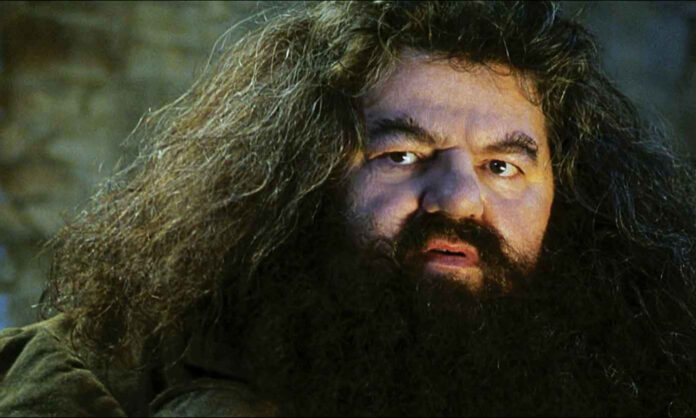In a post on the Stage 32 blog, Pamela Jaye Smith defends shallow characters. “Yes, for the most part, we want to have story characters with depth, mystery, and things to discover,” she writes. “But sometimes, it simply isn’t there. Some people just simply are shallow.”
In your cast hierarchy, shallow characters fall somewhere below supporting characters, but above unnamed walk-ons. These characters appear briefly and do little more than reflect the protagonist or antagonist. “They’re the homeless chick in the alley who has a good word for the cop, telling us he’s really a good guy,” Smith explains. “They’re the characters at the ball as the prince and the princess meet and we hear their comments about the newly-formed couple to get a sense of that particular society and culture.”
Shallow characters don’t need to change because they don’t take up enough page space, but they can tell the reader about the time period, culture, current events, and social mores. Reflect on any period story with a large cast, and you’ll likely spot the Greek Chorus of characters who make sweeping pronouncements or predictions about the main characters and their situations. “They can show other characters what might happen if they continue down a certain path, such as substance abuse or criminality,” Smith notes.
Batman’s Alfred and Harry Potter’s Hagrid are two characters who tread the space between supporting and shallow characters. Both are important to their worlds, but neither changes very much, because the story isn’t their story. Characters like taxi drivers, crime witnesses, waitresses, administrative workers, and elderly neighbors are often used for this purpose. In a movie script, these characters might have a few lines, but they’ll be identified in the cast scroll as “Cute Waitress.”
Why are these characters important? In part, because they provide contrast with your protagonist. Still, they need well-defined contours. “Your tertiary characters, though they’re there to serve as context and background, still need to have definitive borders,” Smith says. “So you want to give them some quirk or color or unique action – but always in service to the theme of your story and to better define and discover more about your protagonists and antagonists.”
They might provide useful information to your protagonist. They might be the person who needs the protagonist to explain technical information or backstory. “The role of the Shallow Character is to reveal something we the reader/audience want to know about your plot or your main characters,” Smith notes.
To bring these characters to the page, consider the tertiary characters in your life. If you are the protagonist of your own story, identify your supporting cast and then see who might fall into that grey area between supporting and walk-on. Your doctor or dentist, your favorite barista, a receptionist at your office, or a bus driver you see regularly are probably on your shallow character list. And you would likely be on theirs.
Do you have shallow characters in your current project? Do they need more or less screen time? Have you differentiated them or do you need to tone them down? What are they telling the reader or audience about your protagonist or story world?












